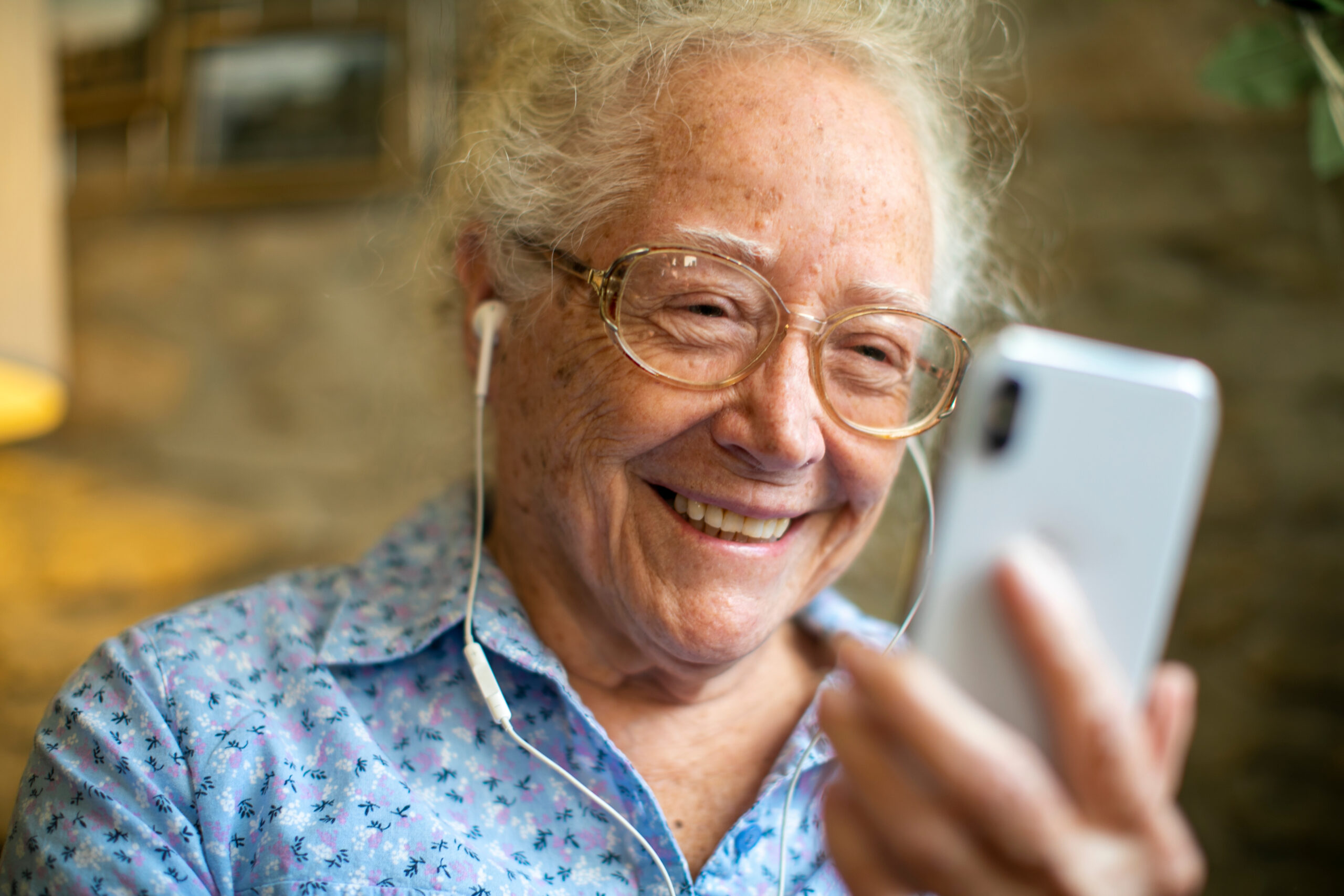How can I address my patient’s confusion about the time of day effectively?
Addressing Confusion About Time of Day in Patients
Confusion about the time of day is a common issue, especially in individuals with dementia. This phenomenon, often referred to as sundowning, typically occurs in the late afternoon or early evening and can cause significant distress for both patients and caregivers. Understanding the causes and implementing effective strategies can greatly improve the quality of life for those affected.
### Understanding Sundowning
Sundowning is characterized by increased agitation, confusion, and restlessness as the day progresses. It is more prevalent during the middle and late stages of dementia. The exact cause is not fully understood, but factors such as disrupted circadian rhythms, fatigue, and environmental cues like dimming light are believed to contribute.
### Signs and Symptoms
Identifying the signs of sundowning is crucial for early intervention. Common symptoms include:
– Increased confusion or disorientation later in the day
– Mood swings, such as irritability or anxiety
– Restlessness or pacing
– Difficulty sleeping or frequent awakenings during the night
In some cases, these symptoms may escalate to verbal outbursts or resistance to care.
### Effective Strategies for Managing Sundowning
Managing sundowning involves a combination of environmental, behavioral, and medical approaches. Here are some actionable strategies:
1. **Establish a Routine**: Consistency is key in alleviating confusion and anxiety. Maintain a predictable daily schedule for meals, activities, and rest. Limit stimulating activities in the late afternoon and focus on relaxing routines, such as listening to soothing music.
2. **Enhance Lighting**: Lighting can play a pivotal role in reducing confusion as daylight dims. Use bright, warm lighting in the living area during the late afternoon to mimic natural daylight. Consider nightlights to help your patient feel oriented during dark evenings or nighttime awakenings.
3. **Reduce Stimulation**: A calm atmosphere can ease your patient’s mind. Minimize noise, such as loud television or overlapping conversations, during the evening. Avoid large crowds or activities that might overwhelm your patient.
4. **Address Basic Needs**: Ensure your patient is comfortable and not experiencing unmet needs. Offer a light snack and plenty of hydration before bedtime. Check for any physical discomfort, such as pain, hunger, or the need for bathroom assistance.
5. **Try Medications and Therapies**: For severe cases, consult a healthcare provider. Medications like melatonin or anti-anxiety prescriptions can regulate sleep or reduce agitation. Nonpharmacological therapies, such as aromatherapy or light therapy, may provide additional relief. However, these treatments should always be discussed with a doctor first.
6. **Use Visual Aids**: Visual aids such as calendars and whiteboards can help patients understand the time of day. Participate in activities that use maps or color-coded rooms and spaces to enhance orientation.
### Supporting Caregivers
Caring for someone with sundowning can be exhausting, making it essential for caregivers to prioritize their own well-being. Learning to recognize personal stress limits and seeking support when needed is crucial. Taking regular breaks throughout the day and connecting with caregiver support groups can provide valuable advice and emotional support.
By focusing on these strategies, caregivers can better manage sundowning and improve the quality of life for their patients.





